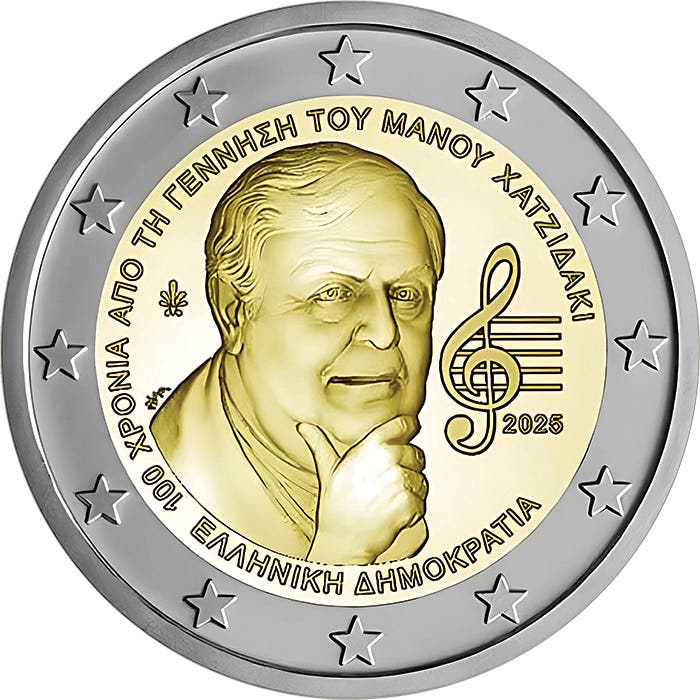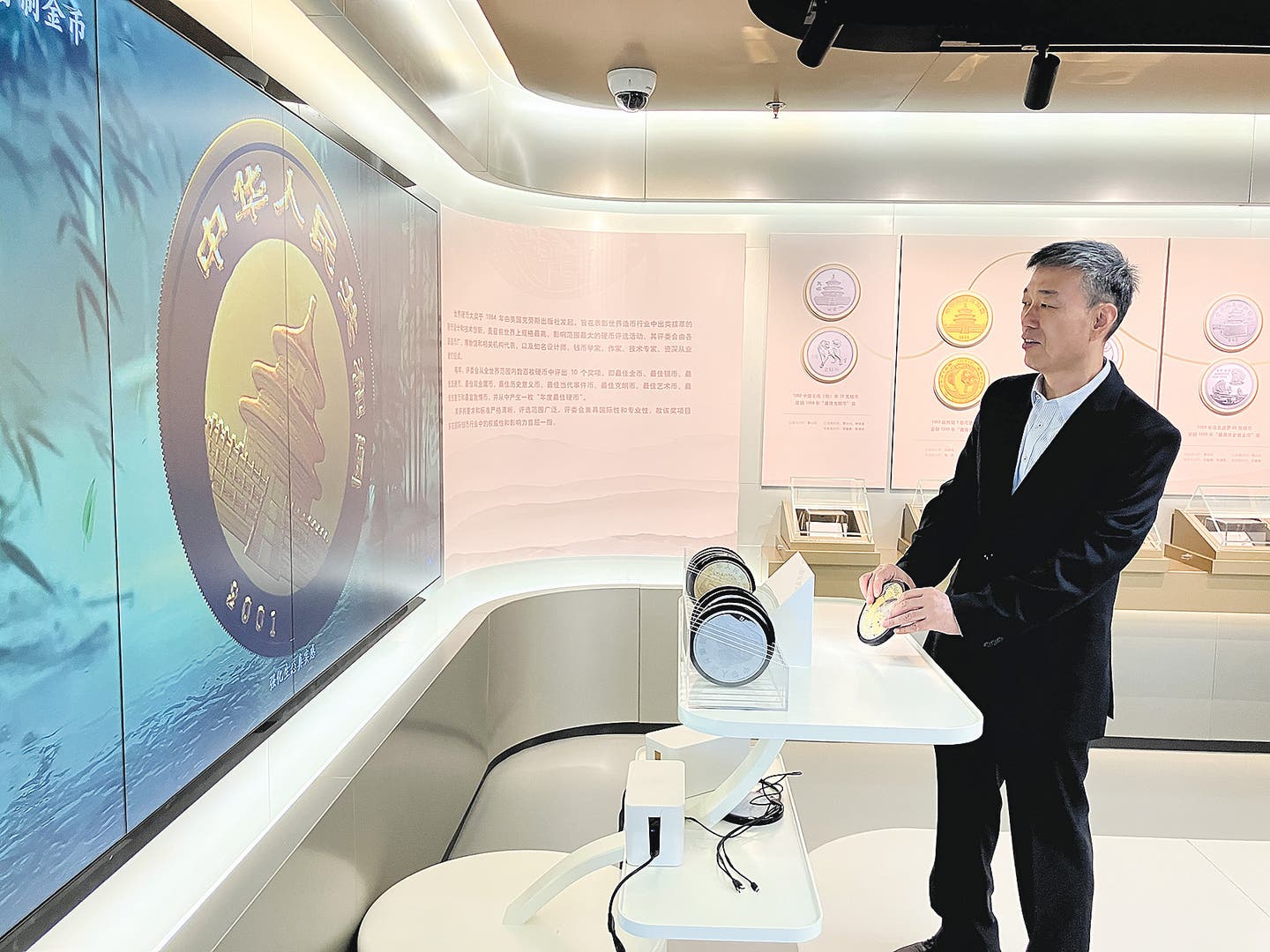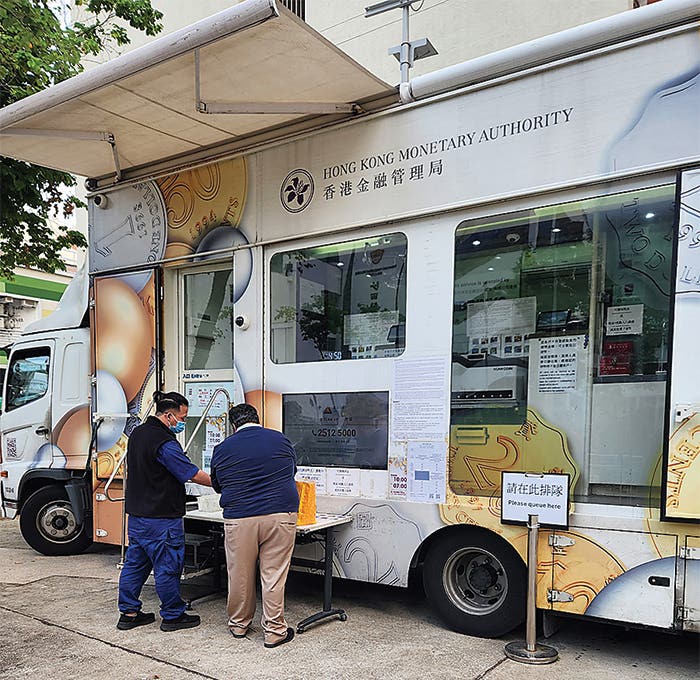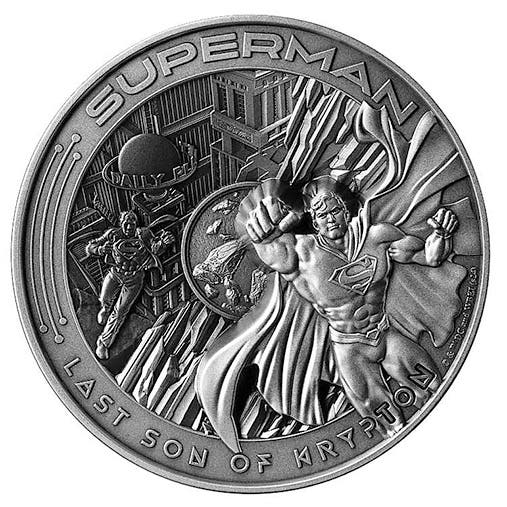Roman Coining Tool Found in Spain
A rare coin mold discovery in Obulco reveals the minting power of Roman Spain.
The Roman Republic took possession of the southern and eastern Iberian Peninsula (known as Roman Hispania) in 206 B.C. during the Second Punic War. The balance of the peninsula controlled by the Aquitanian, Celtiberian, Celtic, and Iberian tribes followed. In 197 B.C., Rome established the provinces of Hispania Citerior and Hispania Ulterior. The last vestiges of independence ended in 19 B.C. with Rome’s victory in the Cantabrian Wars. The Roman Emperor Augustus then reorganized what had been an ad hoc administration of semi-independent Roman governors.
Hispania Citerior was expanded and renamed Hispania Tarraconensis. Hispania Ulterior was divided into Baetica and Lusitania and absorbed what is today part of Salamanca and the autonomous community of Extremadura.
Accompanying Augustus’ reorganization was a decrease in the number of towns from which coins were permitted to be minted. The more important towns received privileged juridical status, including the right to strike coins from Roman generals during the civil wars. These towns would continue receiving this privilege from Augustus and his immediate successor, Tiberius. Most coins would now proclaim they were issued in the name of Roman coloniae or municipia. The iconography on these coins would become similar to that used in other Roman provinces. There were exceptions, these being Eastern Iberia mints retaining the “jinete” or horseman image on coins with bilingual Iberian and Latin legends, but this practice eventually stopped.
Municipia and coloniae of Roman Hispania needed to issue coins to proclaim their special status in return for continuing imperial favor. They also needed to issue coins to pay expenses and further assimilate the local populace into the larger Roman monetized economy. More provincial emissions took place during the reigns of Augustus and Tiberius than in any other era. By the time of Caligula, local coinage had ceased, although imperial mints controlled by the emperor were used primarily to pay locally stationed legions.
The initially Phoenician and later Roman town of Carteia is at the head of the Bay of Gibraltar in what is today Spain. The ruins of Carteia were discovered in the early 18th century and later excavated under British supervision. Among the finds were the remains of an amphitheater, temples, a port, and a mint. Carteia, until now, was one of the few Hispania mints identified archaeologically. Coinage blanks in a repurposed section of the city wall suggest that minting workshops could have been located in peripheral areas under the control of local magistrates or military contingents.
Coinage blanks may have been discovered at Carteia, but during March, it was announced that a mold from which coinage blanks had been cast had been discovered near the city fortifications at the ruins of Obulco, known today as Porcuna. Modern Porcuna is a modest village in Jaén in Andalusia, Spain, about 330 kilometers or 205 miles northeast and inland to Carteia.
The find at Obulco is one of two valves that would have made up the mold from which bronze coinage blanks could be cast. The mold measures 11x13.7x5.4 centimeters (4.3x5.4x2.1 inches), has a flat surface with circular casting marks, and has evidence of being used.
The University of Jaén researchers used petrographic analysis to determine if local materials were used to make the stone. The petrographic analysis is a microscopic examination of a thin material section to help identify mineral composition and potential issues, including chemical reactions. This, in turn, confirmed that Obulco had industrial tool-making capabilities at that time. It has been confirmed that the mold dates from 189 to 165 B.C. when Obulco was minting bronze composition aes (or as) denominated coins. X-ray fluorescence spectrometry analysis indicated the presence of binary copper-lead alloy in the metallic impressions in the mold. This is consistent with the composition of contemporary coins identified to have been issued at Obulco.
At the time the coinage blanking mold was in use, the fortified town of Obulco was one of the most important towns in the Upper Guadalquivir. Evidence suggests the Obulco mint was one of the most active in the southern peninsula, issuing coins from the late 3rd century to the 1st century B.C.
Finding coin blanks in a repurposed section of the city wall suggests that minting workshops could have been located in peripheral areas under the control of local magistrates or military contingents.
You may also like:









